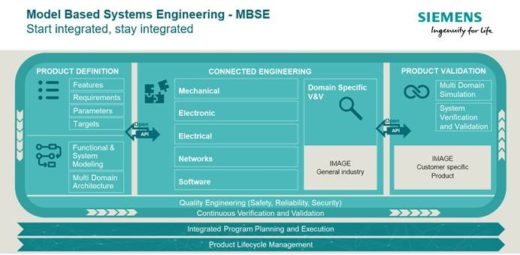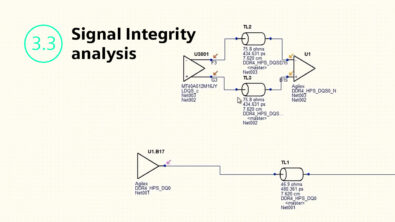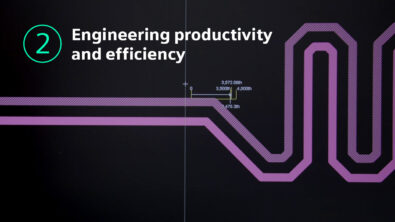Transformation in Berlin
Thirty years ago I visited Berlin, in December of 1989. It was a time of dramatic change. I had just left college and embarked on my embryonic career in EDA (where my mentor at the time assured me no component would have more than 256 pins!). Berlin was in a time of dramatic transformation, more than I could have imagined as I was standing on the top of the Berlin wall. The change of pace was dramatic and the resulting transformation had a long lasting impact on the geopolitics of Germany, Europe and the World.
This year I returned to Berlin to attend PLM Europe. This was at the Estrel Convention center, just a stone’s throw from the old Berlin wall site. One of the major topics of the conference was around transformation – this time digital transformation. There was a consistent theme that with complexity in product design ever increasing, there is a need for a digital transformation within companies to remain competitive.
This was elegantly typified by Teuvo Virsu from Nokia.
Teuvo presented on the Nokia Virtual platform, where the goal is to reduce the product development time for new product platforms from 4-6 years to 15 months. Teuvo characterized that the path forward was a virtualization platform that would allow a digital model of the platform to be created from SoC all the way through system design and simulation in a 5 phase approach. Great approach looking to realize tangible benefits from his virtual platform vision rather than waiting for a ‘big bang’.
Throughout the conference the theme of complexity management was common, both from customers and from Siemens. “Start connected, stay connected” seemed to be the conferences message and is a re-articulation of creating and maintaining the digital thread. In terms of managing design complexity, MBSE was a hot topic.
Obeo had a great presentation, linking all the domains together from a system level through System Modeling Workbench. This creates the framework for a top-down modeling environment that spans the multiple domains. If we link this with architectural exploration and simulation capabilities, you can see the evolution into the Digital Platform that Nokia presented.
What does this mean for electronics? One factor that is driving the growing complexity in many products is the increase in electronics content and the intricacy of that interaction of electronics at the system level. As solutions evolve to enable the digital transformation for product creation, Siemens is ideally suited to lead this, not just because of the strength of our electronic design tools, but our ability to bring the breadth of our solution, from both a multi-domain perspective, and from a simulation, model-based engineering perspective.





